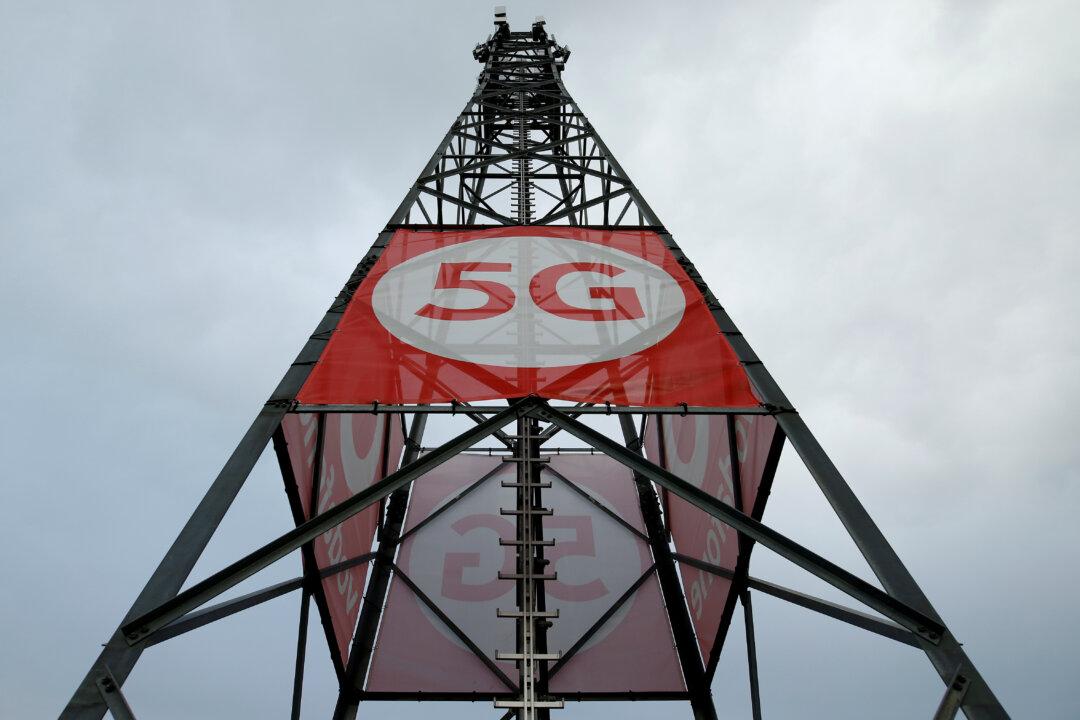The U.S. military’s Defense Innovation Board (DIB) warned Congress that China’s fifth generation telecommunications design will directly interfere with U.S. weapons systems.
The Congressional Research Service issued a report titled ‘National Security Implications of Fifth Generation (5G) Mobile Technologies’ that highlights China’s incorporating “Low to Mid-Band” electromagnetic spectrum into its 5G wireless networks and technology will directly interfere with the U.S. military systems and secure government communications.





